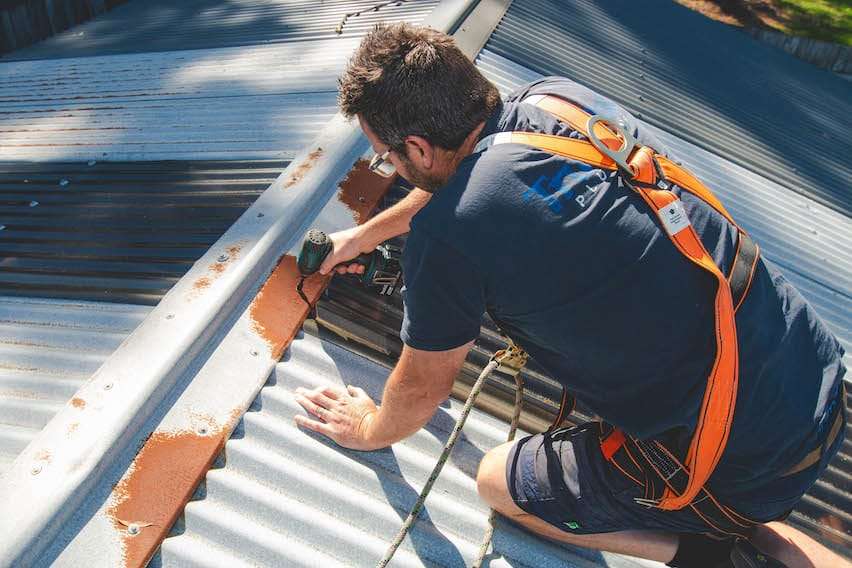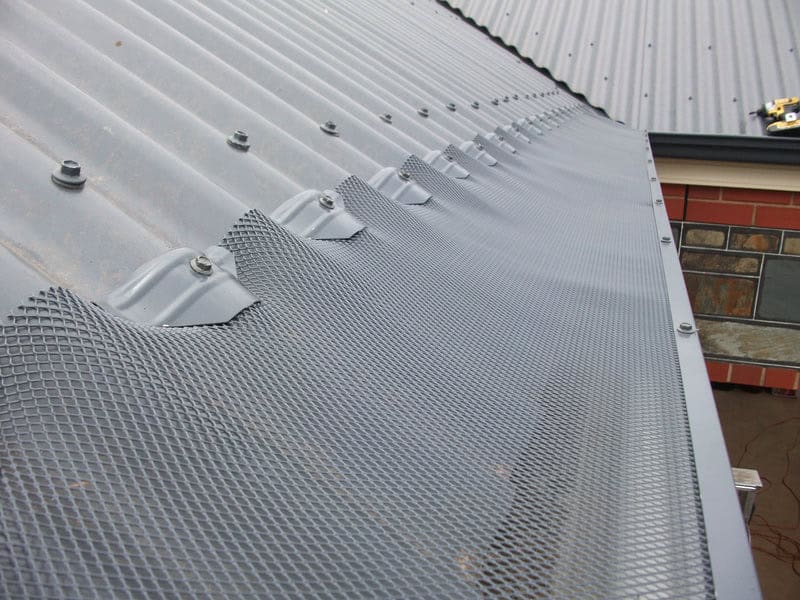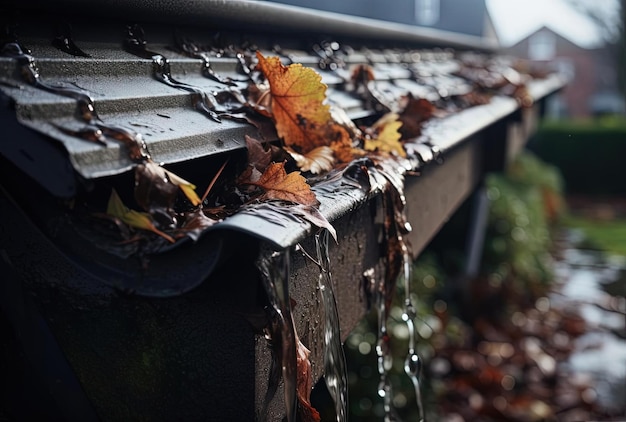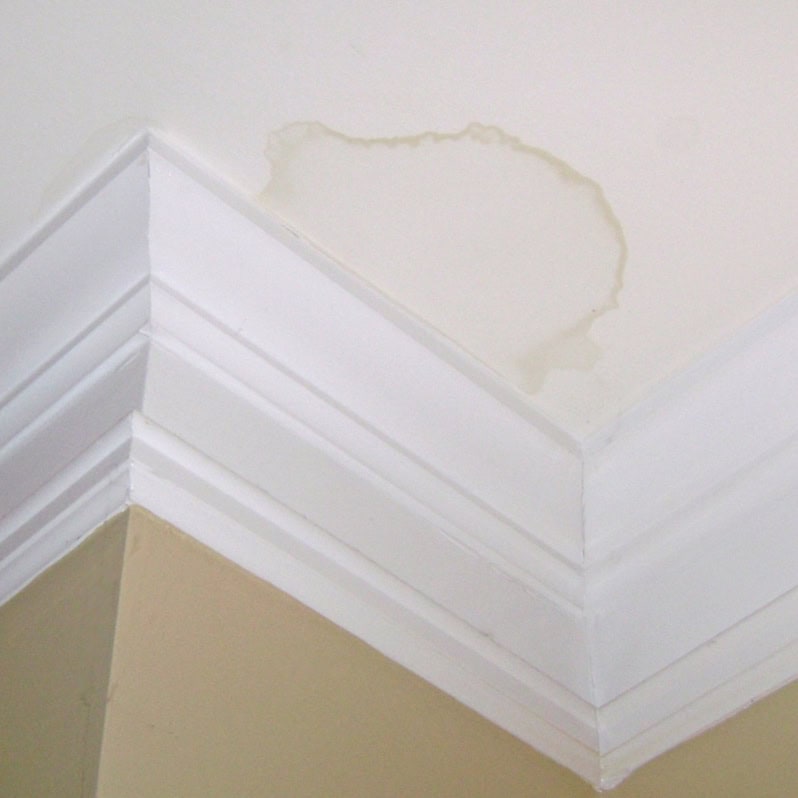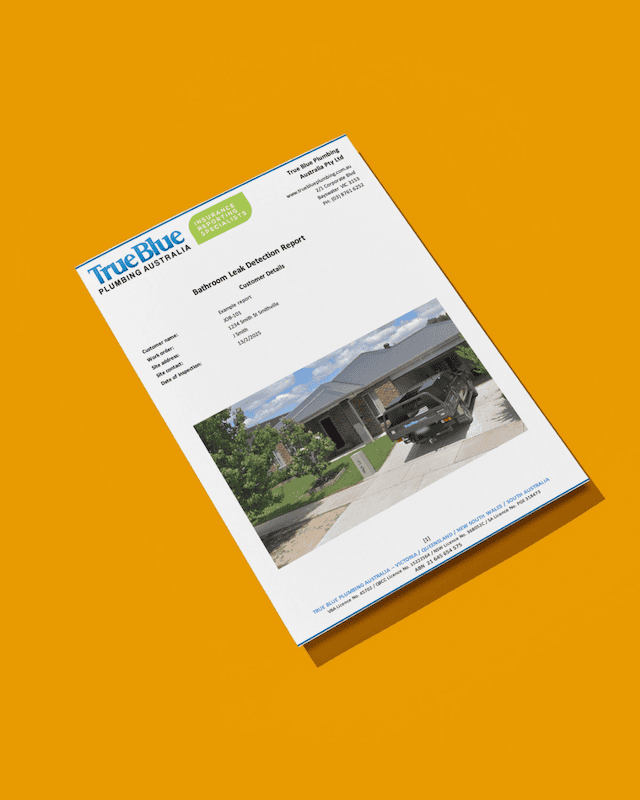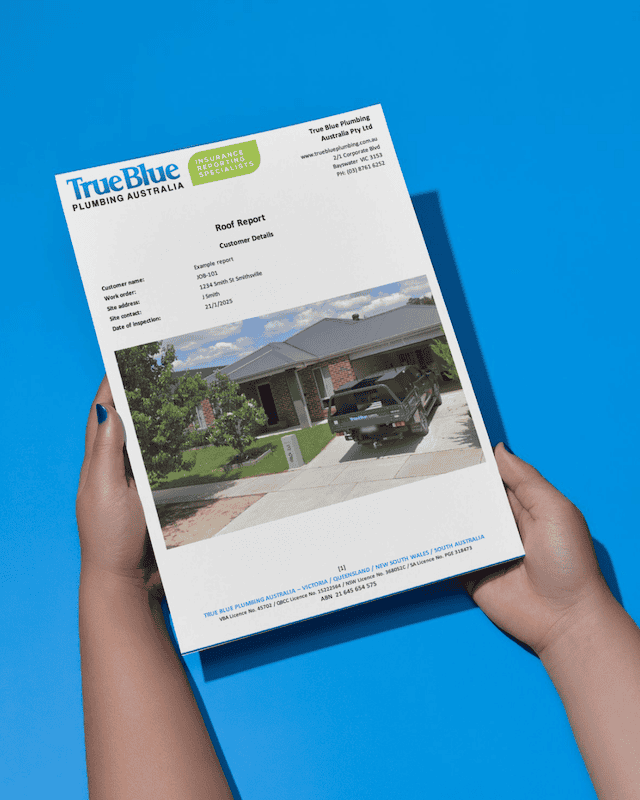In Australia, having a roof maintenance checklist isn’t just helpful—it’s essential. From blistering heatwaves to sudden downpours, knowing how and when to maintain your roof can save you from major leaks, expensive repairs, and unwanted stress.
This guide gives you a roof maintenance checklist by season, so you know exactly what to look for—and when to look for it.
Let’s break it down…
☀️ Summer Roof Maintenance Checklist: Prep for Storms & Heatwaves
What to check:
- Clear gutters and downpipes of leaf build-up
- Inspect flashing and seals around vents, skylights, and chimneys
- Check metal roofing for signs of heat expansion or warping
- Look for rust on screws, valley gutters, and sheet joins
Why now?
Summer brings storm surges, high UV, and wild winds.
This is when small roofing issues turn into major damage fast.
Performing your roof maintenance checklist in summer—especially in regions like QLD, VIC, and coastal NSW—is non-negotiable.
Bonus tip: If you live near the coast (hello, Frankston, Currumbin, Newcastle), consider anti-corrosion treatments for exposed fixings.
🍂 Autumn Roof Maintenance Checklist: Tidy Up Before Wet Weather Hits
What to check:
- Remove leaf litter from gutters and roof valleys
- Prune overhanging branches to prevent future build-up
- Look for early signs of moisture around ceiling corners
- Test down pipe drainage and flow away from foundations
Why now?
It’s clean-up season.
Leaves love to block your drainage right before the big wet hits.
Tackling your roof maintenance checklist now prevents ceiling floods later.
Bonus tip: Consider gutter guards in leafy suburbs like Tallai, Belgrave, or Kincumber.
❄️ Winter Roof Maintenance Checklist: Inspect for Hidden Damage & Mould
What to check:
- Look for moss or mould growth in shaded areas
- Check internal ceiling for cold spots or dampness
- Inspect flashing for gaps where wind-driven rain might sneak in
- Ensure insulation and ventilation are doing their job
Why now?
Leaks often go unnoticed until things get chilly and damp.
Winter is prime time for water ingress and hidden mould. Your winter roof maintenance checklist helps you spot the quiet creepers.
Bonus tip: If you’ve got a south-facing roof or are in a cooler climate like the Dandenong Ranges or Lake Macquarie, mould is more likely. Keep it in check.
🌸 Spring Roof Maintenance Checklist: The Big Reset
What to check:
- Reinspect seals, flashings, and fasteners after winter’s wear
- Look for bird nesting damage around roof edges and solar panels
- Clean out debris from gutters, valleys, and box gutters
- Check for signs of rust, dislodged tiles or cracked poly sheets
Why now?
Spring gives you a chance to reset before summer storms hit again.
Use your roof maintenance checklist to catch any lingering damage from winter.
Bonus tip: If you’re thinking of selling soon, a spring roof tune-up is a smart pre-sale move (especially in hot markets like Brisbane, the Central Coast or South Yarra)
💸 What should I budget for seasonal roof maintenance in Australia?
For a standard roof check-up and minor maintenance, you’re typically looking at $200–$400 per season. That covers things like:
- Clearing gutters
- Checking seals and flashings
- Minor patch-ups or rust spot treatments
If your roof needs a bit more TLC like replacing damaged tiles, resealing flashings, or mould treatment you might be looking at $500–$1,000+, depending on roof size, access, and the oh-so-fun surprise factor (hello, hidden leaks).
Pro tip: A small seasonal spend now can save you thousands later. One missed cracked seal could turn into a ceiling collapse. (True story. Not a fun one.)
Want to keep costs low?
Get into a seasonal rhythm. Preventative maintenance always beats emergency repairs—on your wallet and your stress levels.
🕵️♂️ How often should I get my roof inspected in Australia?
Short answer: At least once a year.
Better answer: Once per season if you want to stay leak-free and stress-free.
Australia’s weather doesn’t mess around—summer storms, autumn leaf dumps, winter damp, and spring clean-up all throw different curveballs at your roof.
Here’s the seasonal breakdown:
- Summer: Check for heat damage, warping, and storm prep
- Autumn: Clear gutters and prep for the wet
- Winter: Catch hidden leaks and mould early
- Spring: Repair any damage before storm season hits again
So sure, you can do one annual check—but that’s like only brushing your teeth once a week. Technically possible. Not recommended.
The smarter move? Get into a seasonal maintenance habit and stay ahead of expensive surprises.
Final Word: Don’t Wing It, Calendar It
Most homeowners only realise they have a roofing issue when water’s already dripping through the ceiling.
But following a simple roof maintenance calendar, you’ll catch issues early and avoid nasty surprises. And with a seasonal approach, you’ll catch problems before they cost you thousands.
Need help?
Whether it’s a quick inspection or a full seasonal roof maintenance plan – True Blue Plumbing’s roof plumbing services have your back.
You can also check out our Homeowner’s Guide to Spotting Roof Damage or dig into our popular blog post on Common Roofing Issues by Suburb to see what’s typical in your area.
Need a roof inspection?
If you spot roof damage, call us today
Protect your home before it’s too late! If you spot any signs of roof damage, contact True Blue Plumbing for expert roofing inspections and repairs.
Why Choose True Blue Plumbing for Roofing Repairs?
- Trusted Local Roofing Specialists – Serving NSW, QLD, and VIC
- Fast & Reliable Service – No long wait times!
- High-Quality Aussie Materials – Built for Australia’s tough climate
- Transparent Pricing – No hidden costs or surprises!
- Customer Satisfaction Guaranteed
FAQs: Leak Detection Reporting & Common Concerns
What roof issues are most common in Australian summer?
Think UV damage, heat expansion, rust, and storm chaos.
Metal roofs can warp, sealants can crack, and wild weather can turn loose screws or blocked gutters into full-blown leaks. Summer inspections help you catch these before the first thunderclap.Why is gutter cleaning important before autumn rain?
Because clogged gutters = roof floods.
When leaves pile up in autumn, they block drainage. Add one solid downpour, and water backs up into your roof or spills around your foundation. A simple clean-out now saves you a flooded ceiling later.What are the signs of hidden leaks in winter?
Look for cold spots, ceiling stains, damp smells, or mould.
Leaks often stay quiet until winter rolls in. By then, moisture’s already partying behind your walls. Winter inspections help catch sneaky leaks before they do serious damage.Is roof mould dangerous and how do I deal with it?
Yes, it’s a problem.
Mould can affect air quality and indicate bigger moisture issues. It thrives in cold, shaded areas—especially on older or south-facing roofs. A roof plumber can clean it and fix what’s feeding it (like poor drainage or dodgy flashing).Are gutter guards worth installing?
If you live in a leafy area—yes, 100%.
They help keep leaves and debris out, which means less cleaning, better drainage, and fewer leaks. They’re not magic, but they’re a solid line of defence if your home is surrounded by trees.What’s included in a seasonal roof maintenance service?
A typical seasonal service includes:
– Gutter and valley clean-out
– Inspection of flashings, seals, and fixings
– Checking for rust, cracks, or water damage
– Identification of problem areas (like nesting spots or heat stress)
– Some services also offer photo reports and minor fixes on the spot.Can extreme heat damage my roof?
Absolutely.
Heat can warp metal roofing, dry out sealants, and accelerate rust—especially on exposed fasteners and valley gutters. Regular summer checks help you spot early signs of heat stress before they become structural issues.Do birds and pests cause roof damage?
You bet.
Birds love nesting under solar panels and roof tiles. Possums, rats, and even bees can get comfy in your roof cavity. They chew, scratch, nest—and damage insulation, wiring, and even structural timbers.Should I get a roof inspection before selling my home?
Yes. And it’s a smart move.
A clean bill of roof health is a selling point, especially in competitive markets. Fixing small issues beforehand avoids price drops during building inspections and makes your home more attractive to buyers.
Need a roof inspection?
If you spot roof damage, call us today
Protect your home before it’s too late! If you spot any signs of roof damage, contact True Blue Plumbing for expert roofing inspections and repairs.

